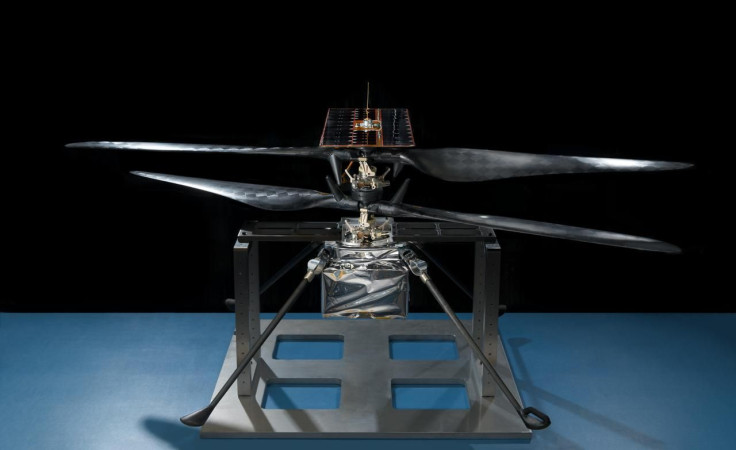NASA Building Mars Robots That Can Climb Rocks, Ice

NASA is moving its Mars exploration plans forward with plans of building super robots that won’t just drive around the surface of the Red Planet but actually scale boulders of rocks and ice.
According to a blog post from NASA’s Jet Propulsion Laboratory, the U.S. space agency is working on a robot called LEMUR (Limbed Excursion Mechanical Utility Robot). The machine is a four-limbed robot that was built in the JPL Lab in Pasadena. It is said to be capable of scaling walls made of rocks by using fishhooks via the robot’s 16 fingers. Per the blog, JPL claimed that LEMUR could actually climb a cliff while also scanning the surroundings for fossils.
According to a report, the LEMUR was created as a utility robot that could help repair the International Space Station (ISS). In time, the robot’s functions will be improved to "lead to a new generation of walking, climbing and crawling robots," the blog post said.
The original LEMUR paved the way to building other robots that could also scale icy surfaces. These robots include the Ice Worm which is described by the post as capable of moving by “scrunching and extending its joints like an inchworm." LEMUR is powered via artificial intelligence and is currently being tested in the glaciers of Antarctica and the icy caverns of Mount St. Helens.
Aside from Planet Mars, LEMUR is also seen to help scientists explore other icy regions of the Solar System. This includes Saturn and Jupiter, both of which have icy moons and are now being perceived to be possible hotbeds for life outside the planet.
Aside from LEMUR, NASA is also coming up with other robots to help in space exploration. One of them is called RoboSimian, a machine originally built by DARPA for disaster relief missions. A “micro-climber” is also being developed. It’s a robot that can fit in small crevices but is capable of scaling walls and landing up to 9 feet in height without getting damaged.
Aside from the robots, NASA will be utilizing a helicopter during the launch of the Mars 2020 rover. What’s interesting is that all the new gears of the space agency will be used to look for alien life, something that has become a priority goal lately.
© Copyright IBTimes 2025. All rights reserved.





















